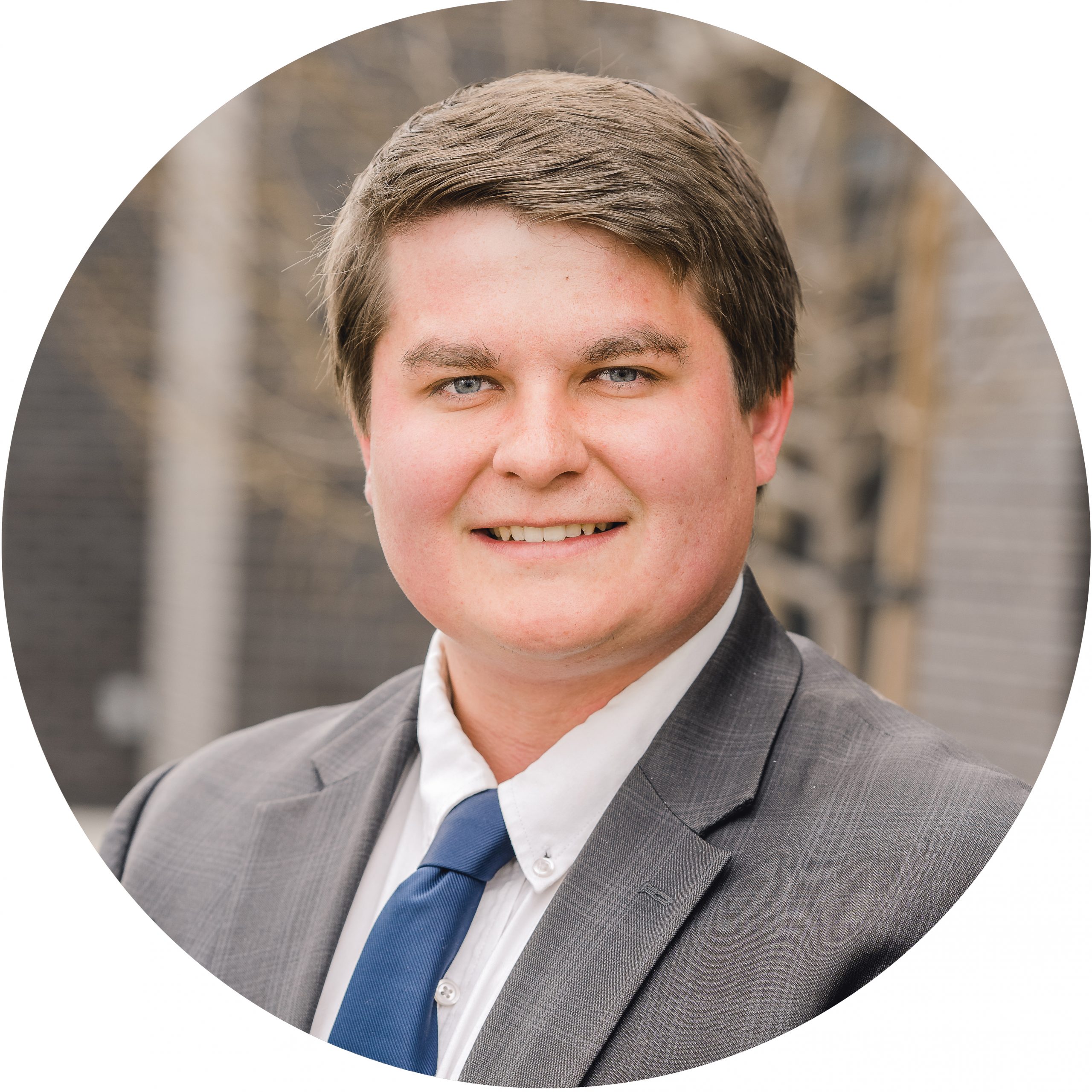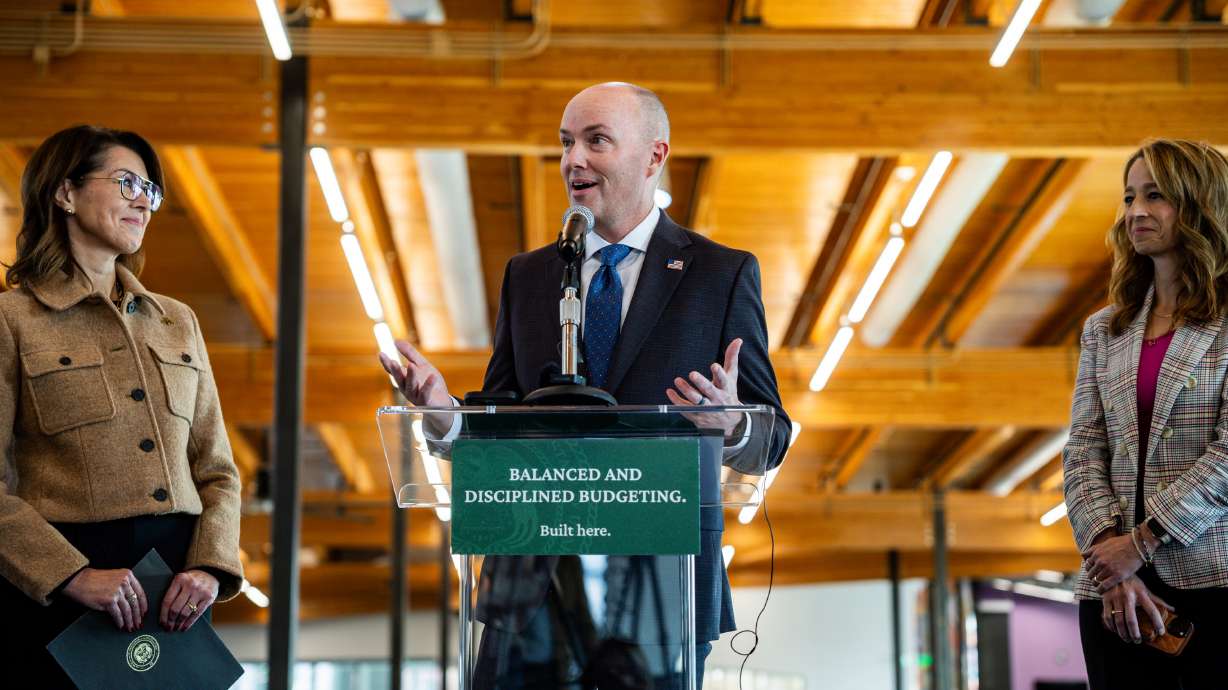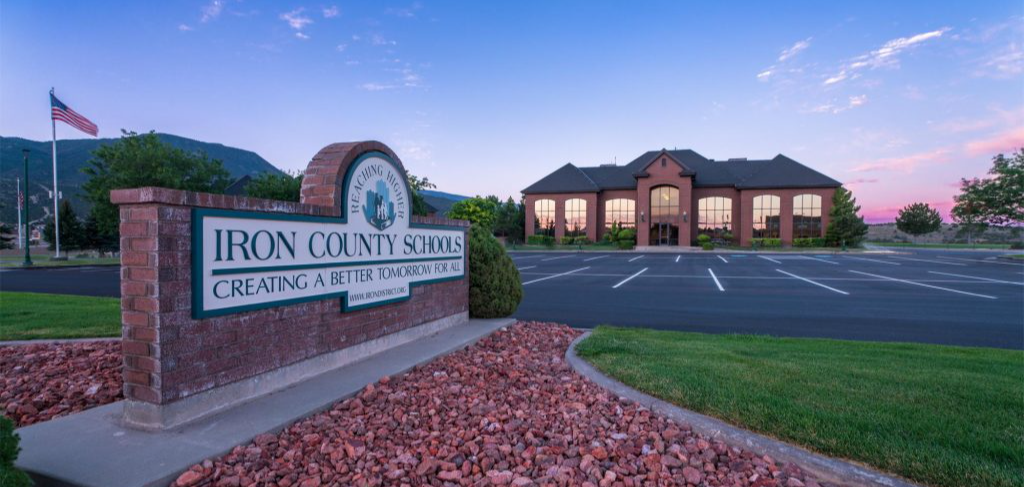As costs continue to rise, states are looking for ways to decrease the effect on consumers’ wallets. For example, Connecticut’s Public Utilities Regulatory Authority (PURA) just implemented an energy technologies sandbox.
A regulatory sandbox allows businesses to work with regulators and legislators in trialing new products, services, and business models while temporarily bypassing regulations unsuited for their idea.
In April 2021, regulators in Connecticut began considering a sandbox for energy grid innovations. After a year of consideration, in March 2022, Connecticut’s Public Utilities Regulatory Authority established the “Innovative Energy Solutions Program.”
The sandbox created by PURA will present companies with opportunities to offer their unique goods and services on the market that otherwise wouldn’t be allowed under current regulations. It requires the company to remain transparent with consumers in an effort to inform them of the products they’re exploring and provides controls for entry and exit from the sandbox, so consumers aren’t left high and dry.
The sandbox: operates in four different phases and a new program cycle launches each year.
- Phase One: Ideation & Screening
- Phase One provides an opportunity for pilot project innovators to submit a concept proposal for consideration.
- Phase Two: Selection
- During Phase Two, a batch of applicants will be invited to develop finalized project proposals for consideration by the relevant docket in PURA.
- Phases One and Two span two years.
- Phase Three: Project Deployment
- Throughout Phase Three, innovators will deploy their proposed project based on established scope and scale. Phase Three occurs over twelve to eighteen months.
- Phase Four: Assessment and Scale
- In Phase Four, innovators will be required to develop a final report outlining project performance and lessons learned, so that the Program Administrator can submit recommendations to help PURA make informed decisions moving forward.
- The participant is also offered the opportunity to scale, retire, or cycle through the program again with modifications.
If the trial is a success, regulators offer a path forward to departing sandbox participants by using the findings of their trials to enable the innovators to scale their innovative offerings outside the scope of the sandbox.
This sandbox benefits not only new companies but also existing ones. By providing businesses — both big and small, old and new — the opportunity to innovate in the energy space, it’s hard to predict what the “next big thing” will be that comes as a result of Connecticut’s energy sandbox.
Regulatory sandboxes are a solution that Libertas Institute has researched extensively, and we stand ready to help your state pursue this reform opportunity. For groups or legislators in other states looking to work on the issue, we’d love to help.





